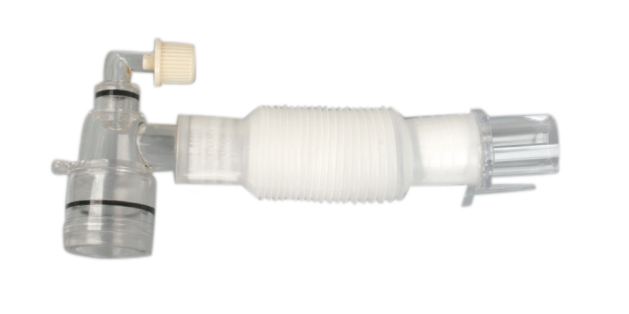
Breathing circuits are used to measure the amount of air that a person breaths in and out.
A breathing circuit is made up of two parts: an air flow meter and a breathing tube. The air flow meter measures the amount of air that passes through the meter, and the breathing tube measures the amount of air that passes through it.
Breathing Circuits
| Ref. No.: | Description: | Qty.Cs: |
|---|---|---|
| NMR103401 | Length: 0.2m ID:15mm \ 22mm, OD: 15mm Luer port | 100PCS 56 x 34 x 32cm |
Breathing circuits are used to measure the amount of air that a person breaths in and out.
A breathing circuit is made up of two parts: an air flow meter and a breathing tube. The air flow meter measures the amount of air that passes through the meter, and the breathing tube measures the amount of air that passes through it.
2. How Breathing Circuits Are Used
Breathing circuits are used to measure the amount of air that a person breathes in and out. This information is used to help doctors diagnose diseases, and to help design medical treatments.
3. What Happens If the Breathing Circuit Is Broken?
If the breathing circuit is broken, the air flow meter will not be able to measure how much air is passing through it. This will make it difficult for doctors to diagnosis diseases, and it will be difficult for them to design medical treatments.
There are a number of specifications that affect the breathing circuit length. One of the most important is the ID, or internal diameter, of the luer port. This is the size of the port on the device that connects to the mask. The larger the ID, the longer the breathing circuit can be.
Another specification that affects breathing circuit length is the OD, or outer diameter, of the device. The OD is important because it determines how wide the device can be inserted into a person's nose. The wider the OD, the more room there is for air to flow through the device and into the person's lungs.
In addition to ID and OD, other specifications that affect breathing circuit length include thickness and material composition. Thin materials will allow more air to flow through them than thicker materials, which will increase breathing circuit length. In addition, certain materials may resist bacteria and other organisms from entering and growing in them, which will also increase breathing circuit length.
Breathing is an important part of life. Even if you don't realize it, you are breathing every day. Breathing is a necessary process that helps to regulate your body's temperature and keep your blood flowing.
Breathing is also involved in many other important processes in your body, including digestion, healing, and cognitive function.
There are many different exercises that you can do to improve your breathing. Some of the most popular exercises include deep breathing exercises, diaphragmatic breathing exercises, and yoga poses that involve breath control.
Breathing circuits are a great way to learn how to breathe properly. They are also a great way to stay active and improve your fitness level.
If you are new to breathing exercises, start by doing short breathing circuits that are easy to do. You can gradually increase the length of the breathing circuit as you become more comfortable with the exercise.
Breathing circuits are used to measure the oxygen levels in blood. A luer port is a fitting that connects to a vein in the arm and allows a blood sample to be taken without puncturing the skin. There are several different connection methods for breathing circuits, but Luer ports are the most common.
Luer ports are usually connected to a machine that measures the oxygen levels in blood. This machine can then generate a report that includes information about the length of the breathing circuit and the oxygen levels in the blood. This information is often used to diagnose medical conditions, such as heart disease or cancer.